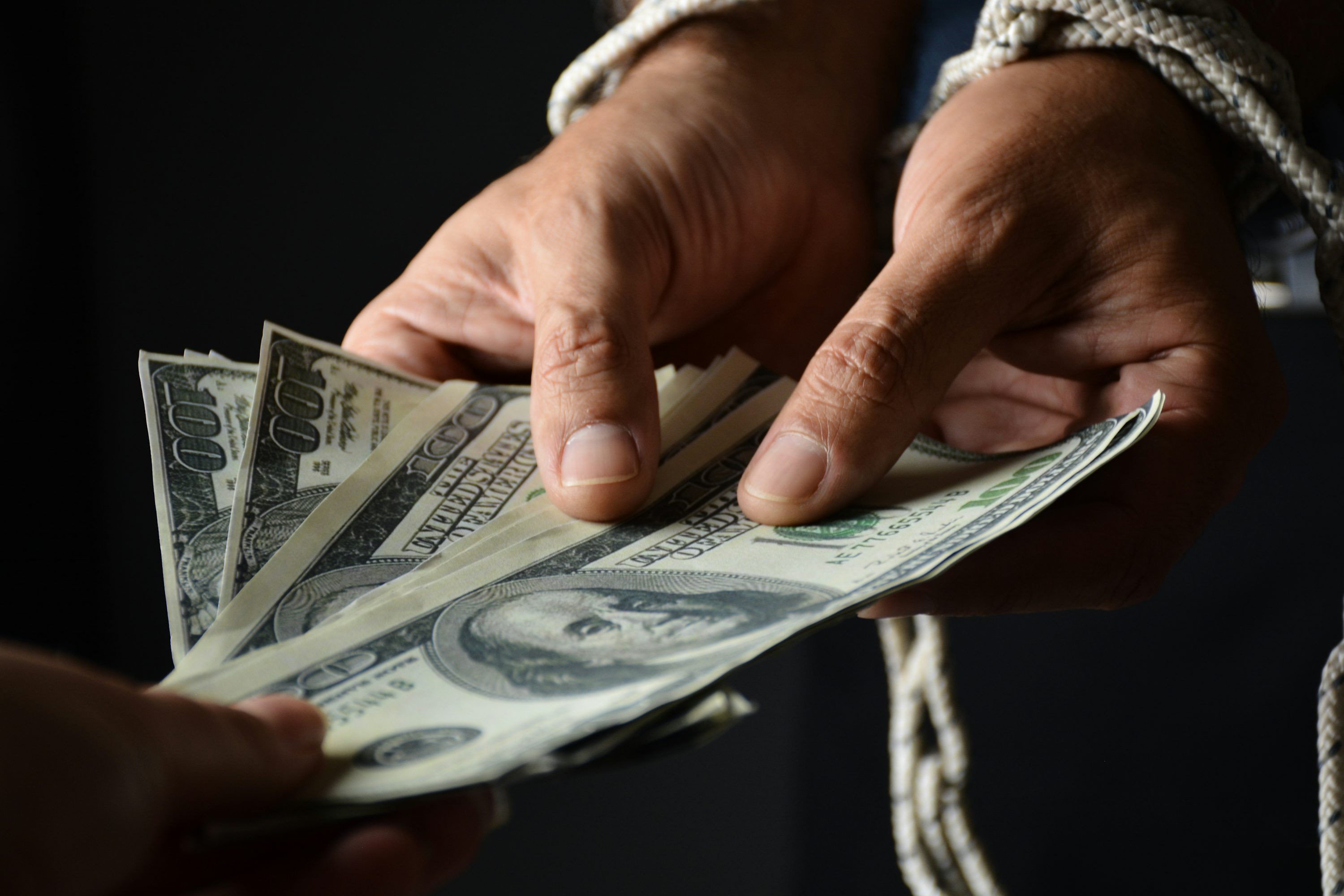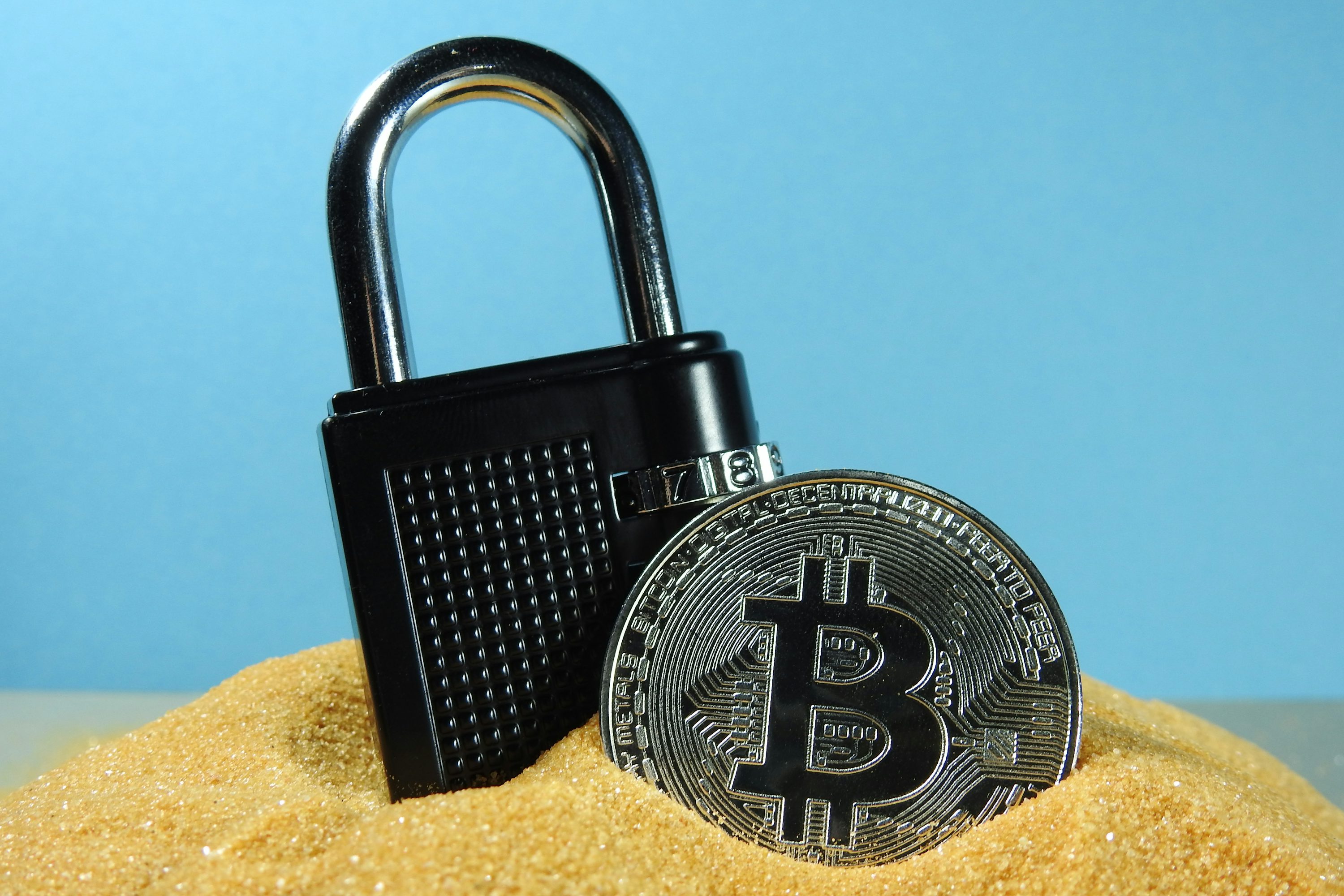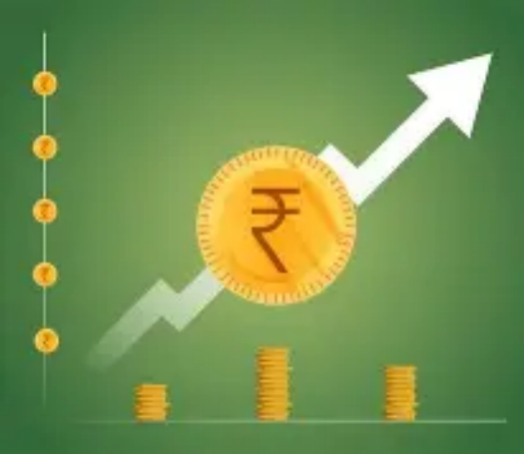In the vast territory of financial market, dark pool trading is like a secret swamp, dark, mysterious and complicated. It is an alternative trading method that is different from the traditional open trading on the exchange. The trading instructions are not fully displayed to the market, but matched and traded in a specific and relatively closed system.
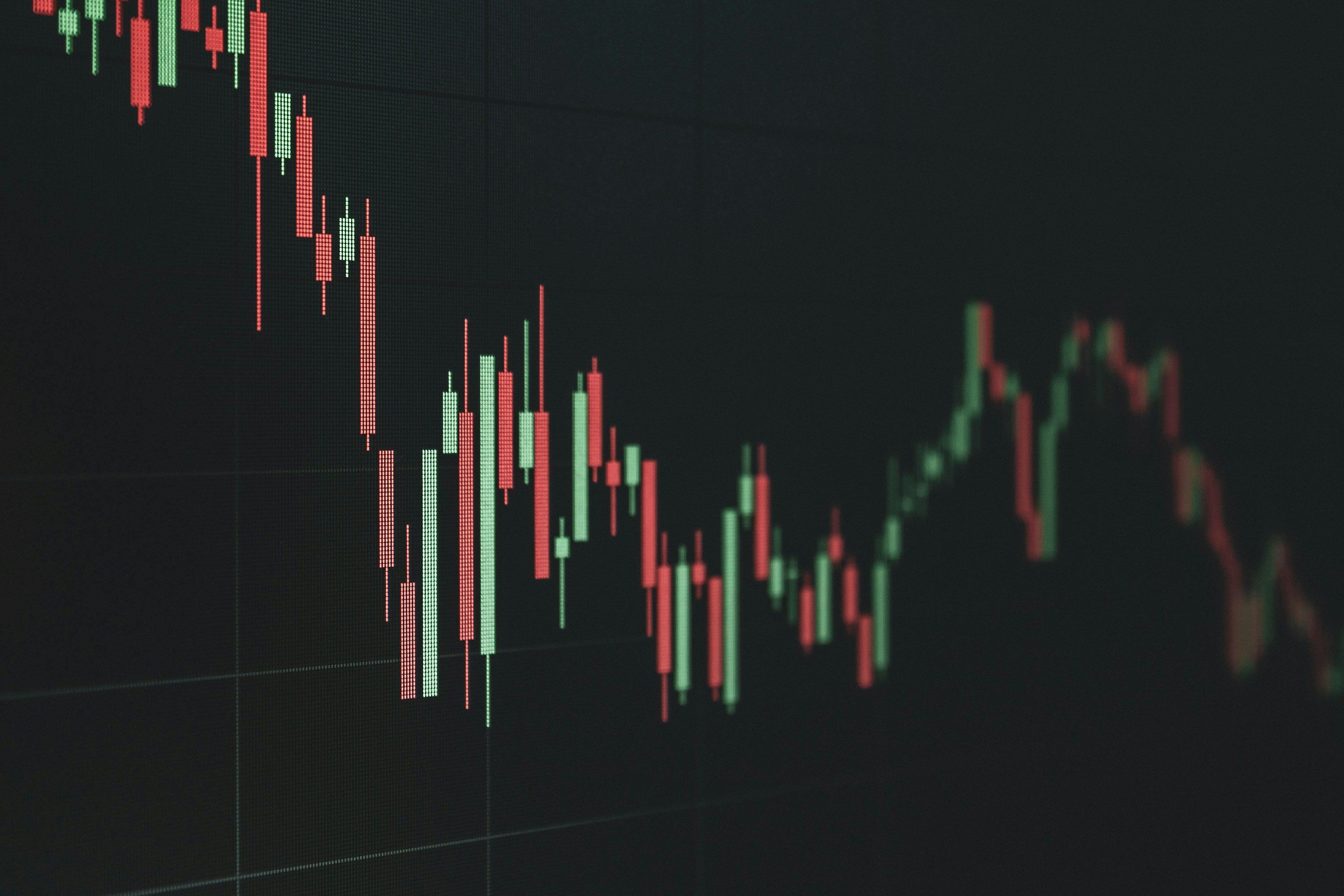
The embryonic form of dark pool trading can be traced back to the late 20th century. With the acceleration of the electronic process of financial markets and the improvement of institutional investors' demand for the confidentiality of large-scale transactions, this trading model has gradually emerged. When institutional investors conduct large-scale securities transactions, they often face the risk of causing significant impact on market prices. For example, a large fund company wants to sell millions of shares of a company, and if it is sold in batches in the open market as usual, it is likely to cause market panic, lead to a sharp drop in the share price, and then suffer heavy losses. The dark pool trading is like a secret channel tailored for it, which allows institutional investors to quietly find the counterparty and complete huge transactions without disturbing the overall price system of the market, thus minimizing transaction costs and price slippage risks.
However, dark pool trading, a seemingly convenient "safe haven" for institutional investors, also hides many reefs and eddies. One of the biggest controversies is transparency. Because the trading information is tightly sealed inside the dark pool, it is difficult for external regulators and ordinary investors to gain insight into the real trading situation. This interferes with the overall price discovery mechanism of the market, and the open market price may not accurately reflect all the real trading information and the relationship between supply and demand. Just like at a grand dance, most dancers dance according to the rules on the surface, but a group of dancers follow the unknown pace behind the scenes, which will undoubtedly make the rhythm of the whole dance confusing and unpredictable.
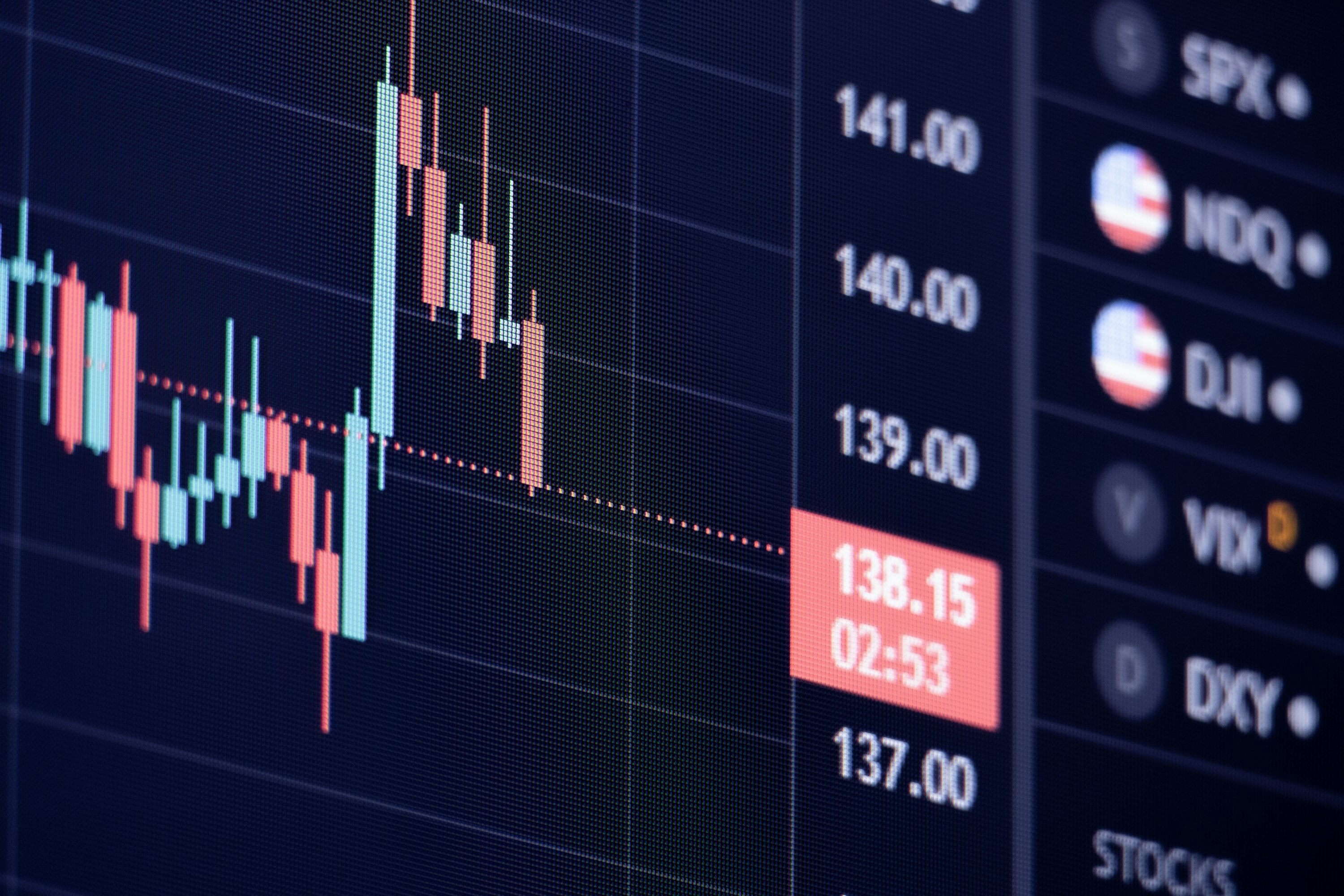
From the perspective of supervision, the concealment of dark pool trading brings great challenges to supervision. It is difficult for regulators to effectively monitor and prevent possible market manipulation in dark pool transactions. Criminals may take advantage of the concealment of dark pool trading, create a false active trading atmosphere through false declaration and wash sale, mislead market sentiment, and seek personal gain. Under the shadow of the global financial crisis in 2008, the stability of financial markets has been pushed to the forefront, and the regulatory loopholes of dark pool trading have become more and more prominent, which has triggered a strong call for strengthening financial market supervision and enhancing market transparency around the world.
Nevertheless, dark pool trading is not a useless "financial cancer". It also plays an important role in supplementing the liquidity of the market. It provides a trading place for those non-mainstream assets or special trading needs that are difficult to find suitable counterparties in the open market, promotes the circulation of funds among different market participants, and improves the overall efficiency of the financial market to a certain extent.

Nowadays, the development trend of dark pool trading in the global financial map is still full of uncertainty. Regulators in various countries are constantly exploring a reasonable regulatory path for dark pool trading on the balance of weighing multiple factors such as market efficiency and transparency, investor protection and so on. In the future, dark pool trading will seek harmonious symbiosis with the open market under a stricter and more precise regulatory framework, and jointly build a more stable, transparent and efficient financial market ecosystem.


